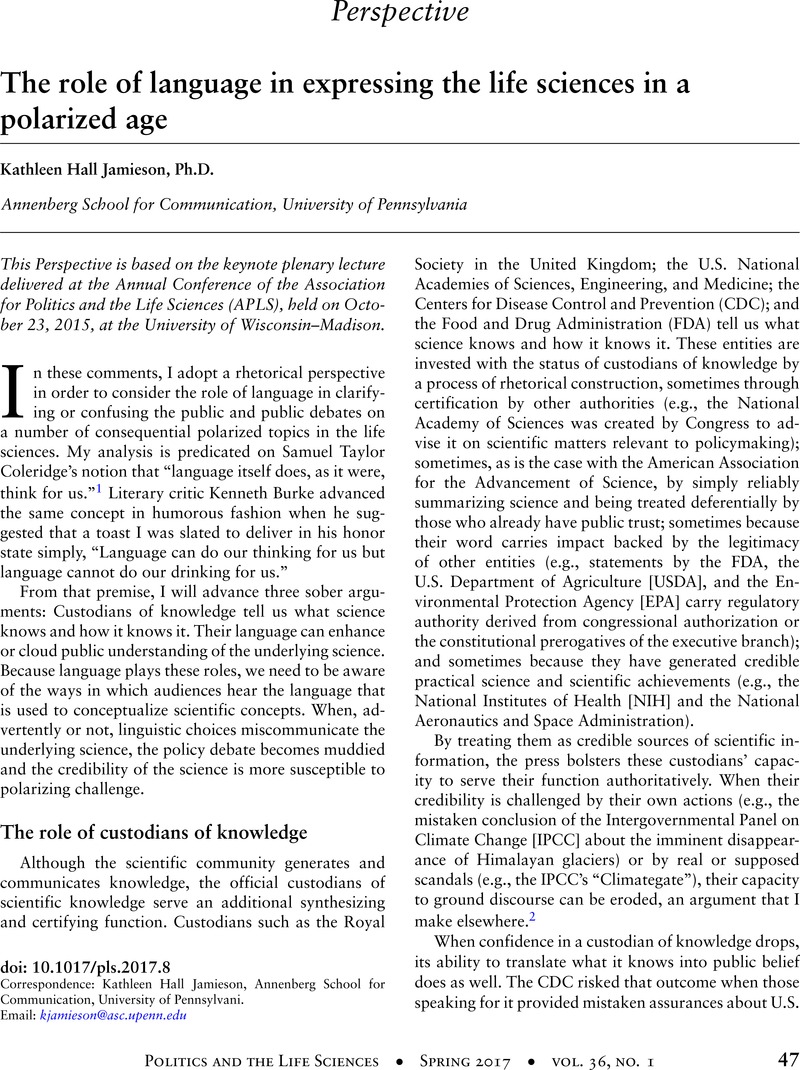Crossref Citations
This article has been cited by the following publications. This list is generated based on data provided by Crossref.
Salas, Daniel
2021.
Analysis of “The Small Farmer” by Gastón Acurio: A case of poverty romance in organic discourse.
Revista Perspectiva Empresarial,
Vol. 7,
Issue. 2,
p.
24.





